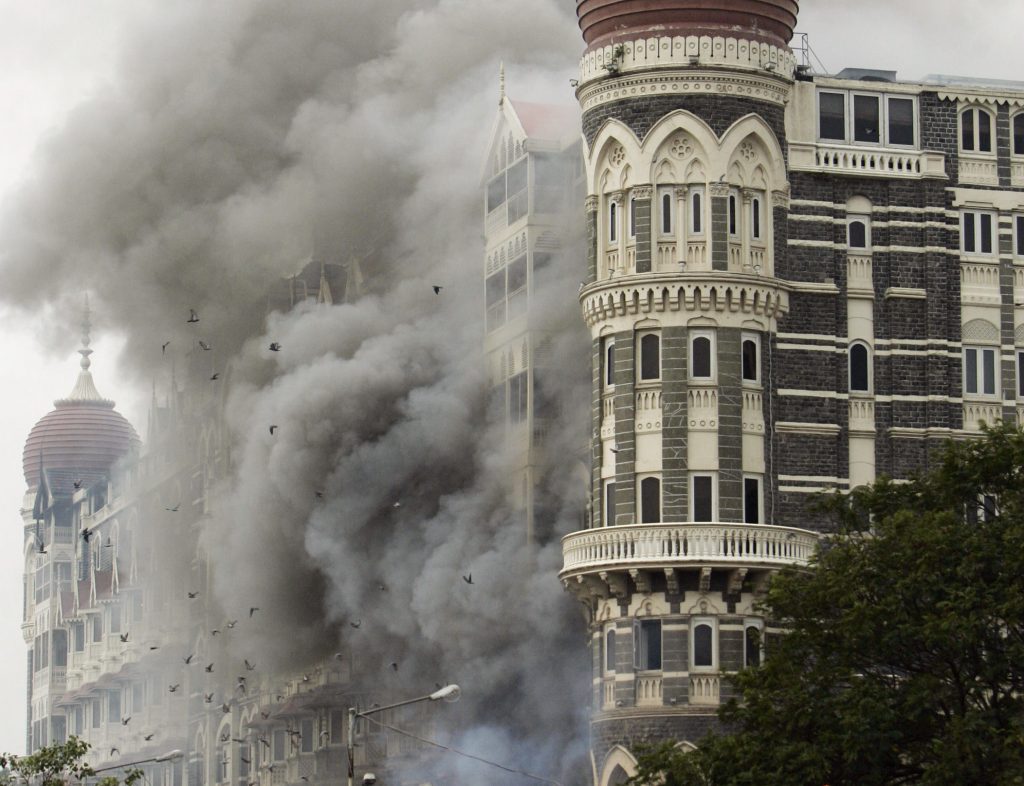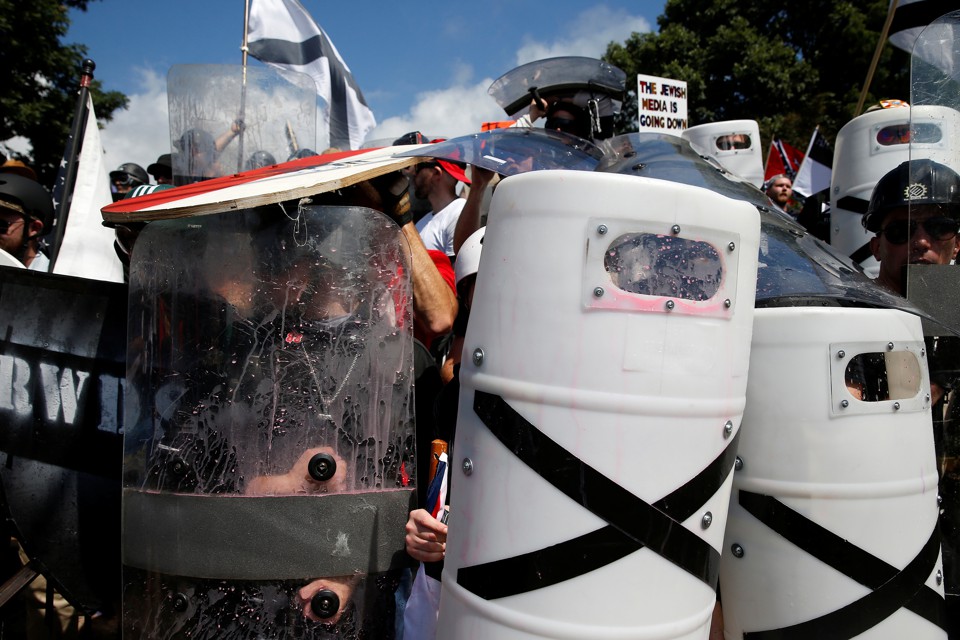 It's August and for much of the world that means it is vacation time. In recent days I've seen ample evidence of this as people have tweeted, posted on Instagram and otherwise announced their vacation plans to the world. In many cases they even provide play-by-play updates. While sharing this information with friends can be fun, these details are being broadcast to a wider audience that is not well known to vacationers, if at all. And this is where the danger lies: Crooks are increasingly finding social media to be a criminal intelligence gold mine.
It's August and for much of the world that means it is vacation time. In recent days I've seen ample evidence of this as people have tweeted, posted on Instagram and otherwise announced their vacation plans to the world. In many cases they even provide play-by-play updates. While sharing this information with friends can be fun, these details are being broadcast to a wider audience that is not well known to vacationers, if at all. And this is where the danger lies: Crooks are increasingly finding social media to be a criminal intelligence gold mine.
Nobody's Home
Advertising one's vacation plans is like sending out a notice to criminals that your home may be unoccupied. You may have plans to have the mail picked up and even timers on the lights to make it appear that someone is home, but widely announcing that you will be gone for a week or two is an invitation for criminals to pay a visit. This can be compounded by people posting photos of all their nice belongings on other social media and by either listing their address or having loose privacy and location settings that reveal exactly where the photos were taken. These posts not only tell criminals that the house is vacant, but also show what is worth stealing and where the house is.
Unfortunately, with the explosion of social media, more people are increasingly, and unwittingly, providing this information to anyone who is watching. I have seen colleagues who have thousands of followers on Twitter (and certainly they do not know all of them) announce they are not home by posting that they have arrived in airport X or announce that they are going to attend a conference in city Y for a week. They even tag the locations they are posting from. When I see such a post, I grit my teeth because I imagine a criminal thanking them for the information that their house is vacant or that their wife and small children are now home alone. If one wants to share these details on social media, it is far better to do so after the fact rather than before or during travel.











